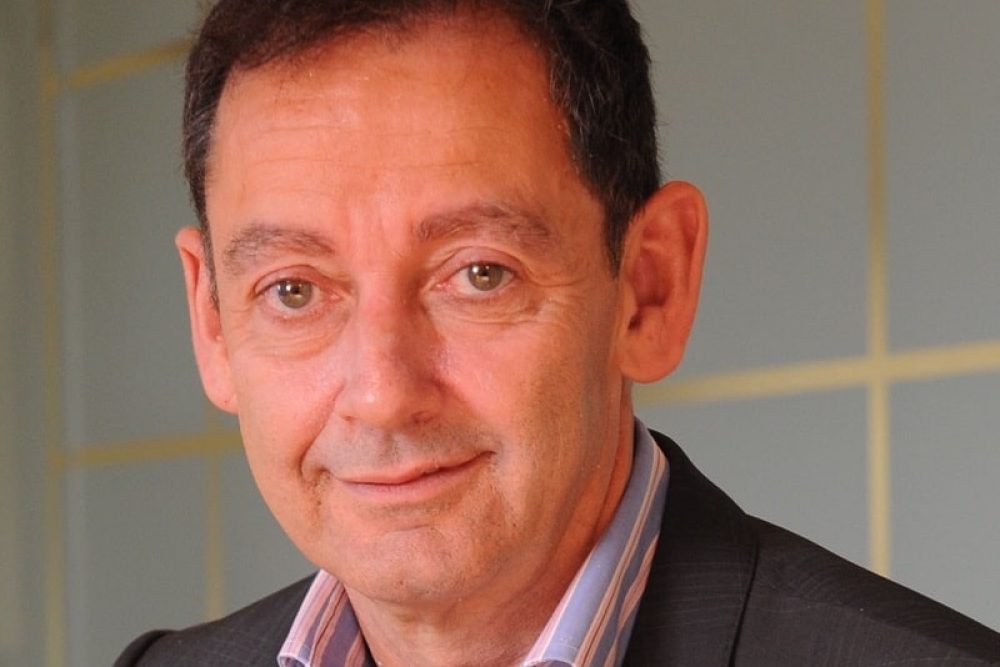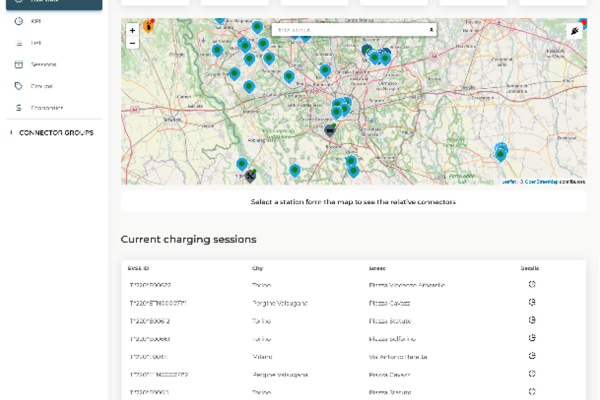
TESSERACT? What is it? What does it do exactly?
I noticed it in an announcement that came out from EY’s news feed in the US and it intrigued me.
Here was something called Tesseract: EY’s answer to providing a mobility platform. Intriguingly, it also used blockchain technology. I was keen to find out more.
So I managed to reach John Simlett, who is an EY partner in the UK, and also global leader for future of mobility – a strategic initiative for EY. Just the very person.
So, John, Tesseract – tell me more. Such as – what does Tesseract stand for?
“It was originally just a project team’s name but it has taken on a life of its own!” explains John.
Tesseract timeline
- Proof of concept completed in June 2017
- Generation 2 launched in August providing a more interactive user base. Up to 50 fleets can be run in experimental setting.
- Generation 3 – with extended capabilities – is expected to be running from December 2017
- Generation 4 – planned for Q2 2018. If Gen 4 proves successful this would be classed as pre-production
- Generation 5 – May 2018 for full production model.
“Tesseract is actually a perfect cube. But we’re currently developing a few programmes, of which Tesseract is one, which is undergoing proof of concept with clients in the market.
“We’re now on the generation 2 platform of Tesseract. Our use cases are based around fractional ownership.
“Basically as the economics of vehicles become more complicated, and connected and autonomous vehicles become more expensive, what is going to happen to make these vehicles available to consumers?
“For example there’s regulation coming from cities: there are to be no private cars in Oslo from 2020 – how is that going to manifest itself?
“So we looked at a variety of technologies and blockchain seemed a good way of allowing shared ownership.”
In addition to blockchain technology, the Tesseract platform also incorporates smart contracting that will allow greater usage of vehicles.
“So what that enables us to do,” explains John, “is to share ownership across a wide base.
“Let’s say a city decided all its cars are to be electric but wanted more usage out of those vehicles. In this scenario such a fleet of cars could be in the city and they would be fractionally owned by all citizens of that city, providing everyone with access to vehicles.
“So you could buy into the fleet and then pay on usage. If your usage is lower, then you get rebated from those who use the vehicles more.
“Equally you could have user groups who wanted to share vehicles and wanted to pool cars. Or large corporates wanting to share their cars on a fractional basis, as well as trucks, which would solve the backload problem, for instance. Meanwhile the management of those vehicles, plus the transactional elements, is managed seamlessly thanks to smart contracting and blockchain.
“You can see how Tesseract eliminates the back office because blockchain offers the trust and smart contracting makes sure the user can pay.”
John says that back office savings and revenues will be realised more fully once the trials have been completed and the consumer appeal more carefully evaluated.
How will Tesseract impact on leasing operations?
“It has all the possibilities of making operations easier – enabling all back end accounting and management of the fleet,” John believes.
“I think it can also open up new opportunities, such as the ability for groups of corporates to have shared fleets and increase vehicle usage. And with the various trust layers in place provided by blockchain I believe the finance community could very well be interested in this type of change to manage vehicles on a large scale.
“And while we’ve only explored the fractional ownership piece at the moment, we’ve been approached by organisations talking to us about Tesseract as a mobility as a service (MaaS) platform. That’s the next project within Tesseract test use cases.”
When does Tesseract come to the UK?
John says discussion is going on in Europe, the Far East and also in the States. But John believes that May 2018 would see a full working Tesseract product.
While clearly Tesseract is still in its formative stages, the potential for such a platform is clear. And with the trust layers of blockchain technology underpinning it, it should also be highly secure.
We await further developments of Tesseract in due course.
For more on Tesseract
- Read this story: Blockchain underpins EY’s new Tesseract integrated mobility platform
- John’s EY collegue Philipp Schartau, Director – EY Strategy – Mobility Innovation & Growth will be talking about Tesseract at the Leasing Broker Conference on November 23 at the RSA House off London’s Strand.







